Urban Communities:
Literature Review & Citing Sources
Jackie Sipes
jsipes@temple.edu
Today
- Sources recap
- Literature Reviews
- Integrating & Citing Your Sources
- Getting Help
What types of Sources Should I use?
Sources
- At least 6 sources
- From a reputable academic journal
- Discuss a policy intervention(s) or program(s) to alleviate the problem
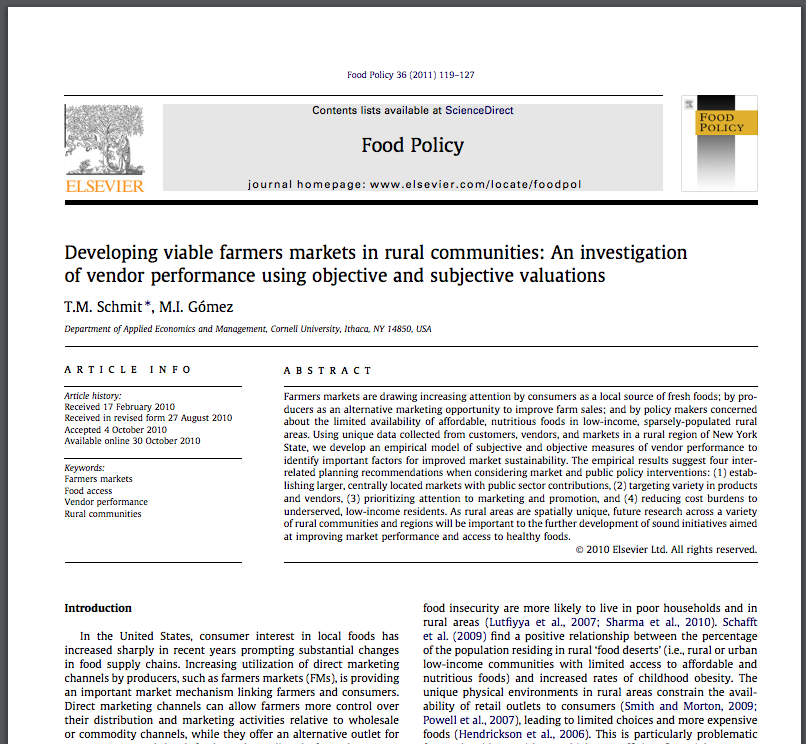
Sources
Discuss a policy intervention(s) or program(s) to alleviate the problem
Example:
Problem: Food deserts in urban areas
Interventions/programs:
Farmers markets, community partnerships

Your Literature Review
A literature review is a specific type of academic essay that synthesizes and evaluates the relevant scholarship on a particular topic, usually one that is fairly narrow in scope. A literature review ... is an overview and critique of work that already has been published.
Not just a summary!
What is a literature review?
Yours will synthesize and evaluate articles about policy interventions or programs aimed at alleviating the problem you've introduced in your introduction.
What will mine include?
Literature Review




Literature Reviews
Group articles into thematic clusters, or subtopics to help organize your review.
Explore questions that need further research within the topic. What does the research not address/what are the shortcomings?





Look for connections and links between your sources. Analyze and compare articles.
Look at examples...
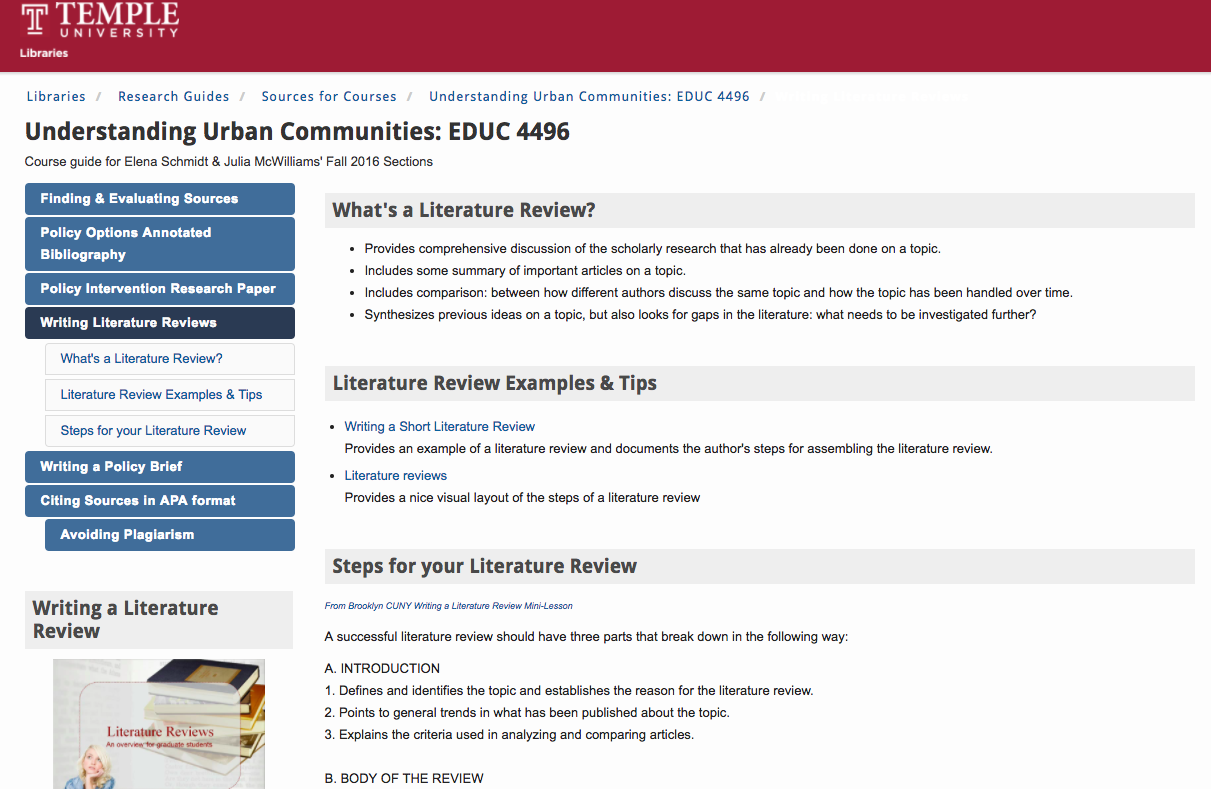

Look at literature review sections of the articles you're using
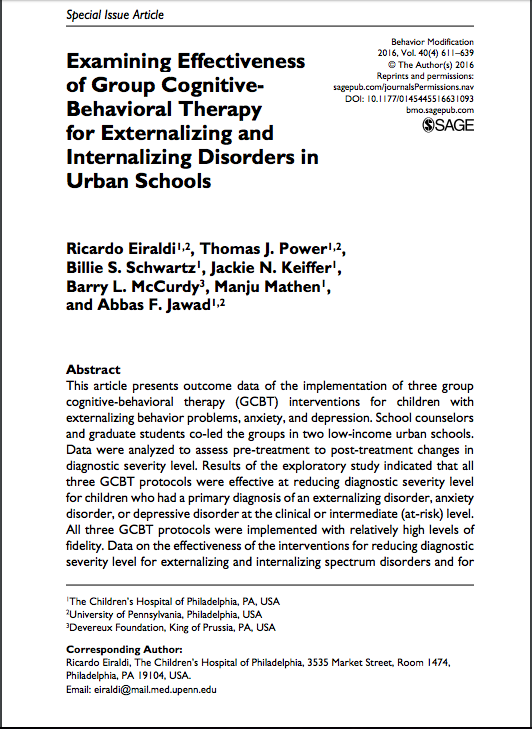
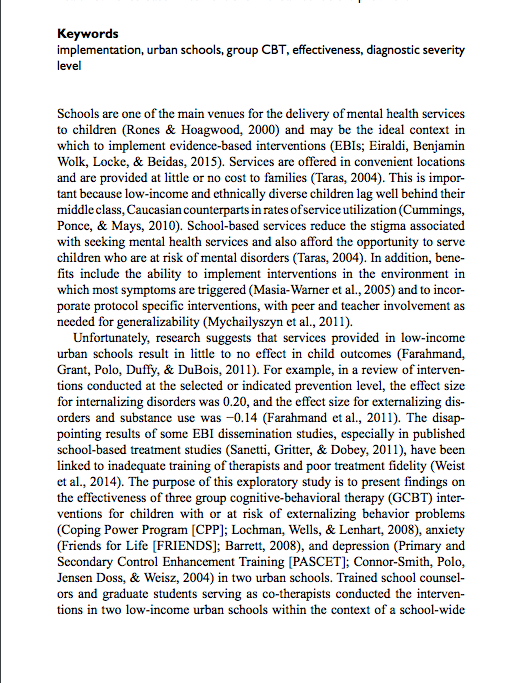
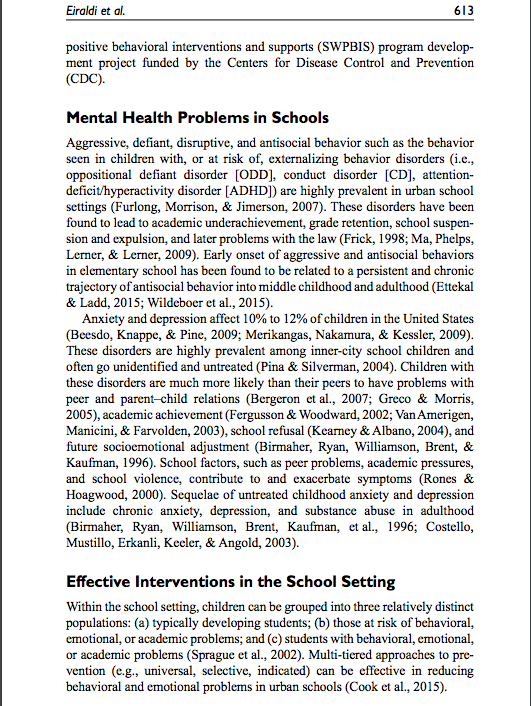
Types of Citations
In-text
Reference List
In-text Citation
A parenthetical notation of relevant source information after a quote or a paraphrase. Used whenever you quote or paraphrase ideas from a source.
In-text Citation
Author named in sentence
Mullen (2001) argues that writing should be taught at the postgraduate level. (p. 199)
Author not named in sentence
“…legislation has helped schools progress toward narrowing the gap.” (Spellings, 2005, p.87)”
Paraphrase or Quote?
Paraphrase: A brief summary of a source's ideas, using your own words and structure.
Use to draw in another writer's ideas or information, but with an emphasis on your interpretation or reflection on that information.
In-text Citation
Paraphrase or Quote?
Quote: quotation taken directly from the source text.
Use when the original author has expressed something so well that you could not replicate it or when only the words of an expert will suffice as evidence for your claim.
In-text Citation
Appears on a separate page(s) at the end of your paper.
Must correspond to the works cited in your in-text citations.